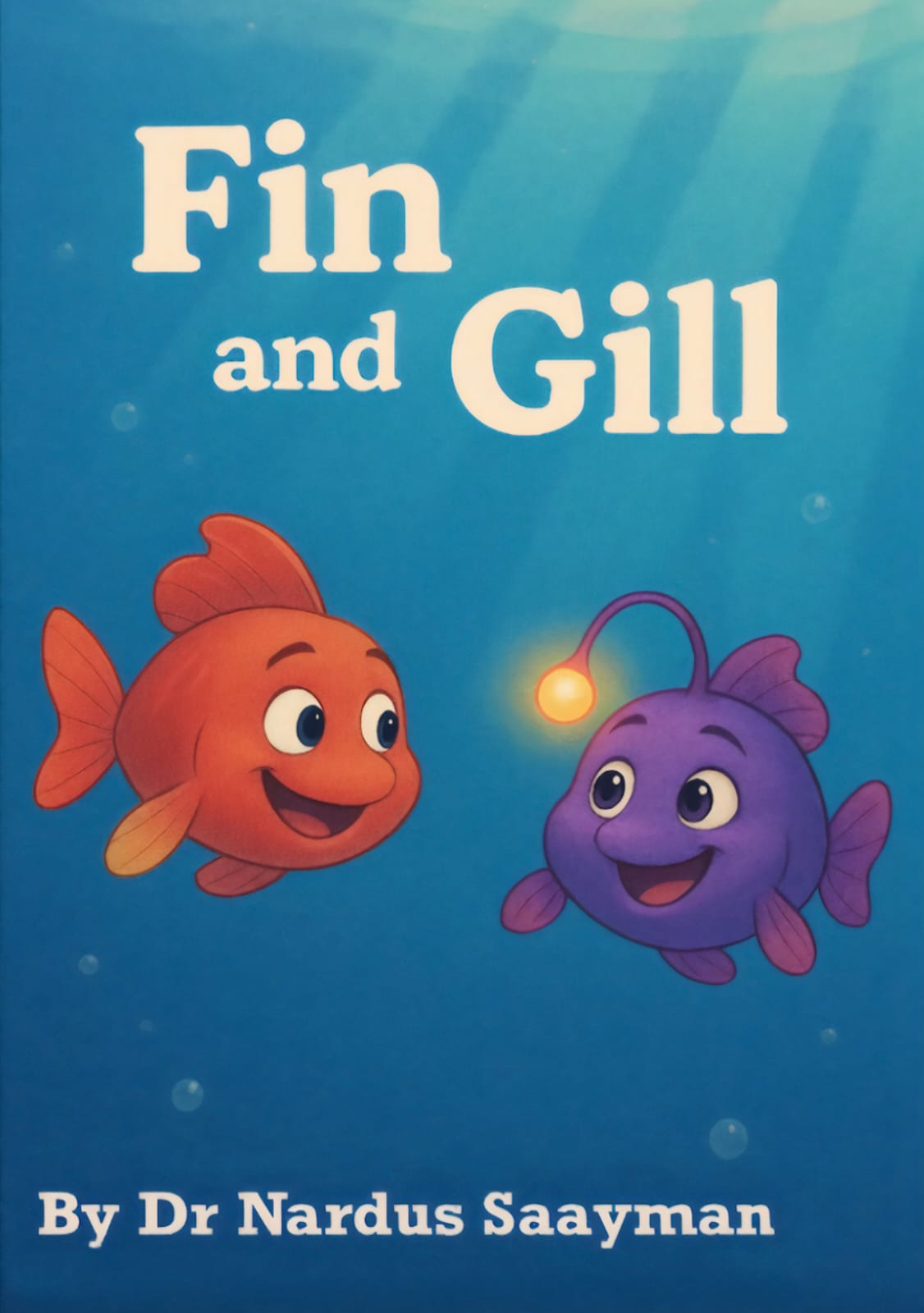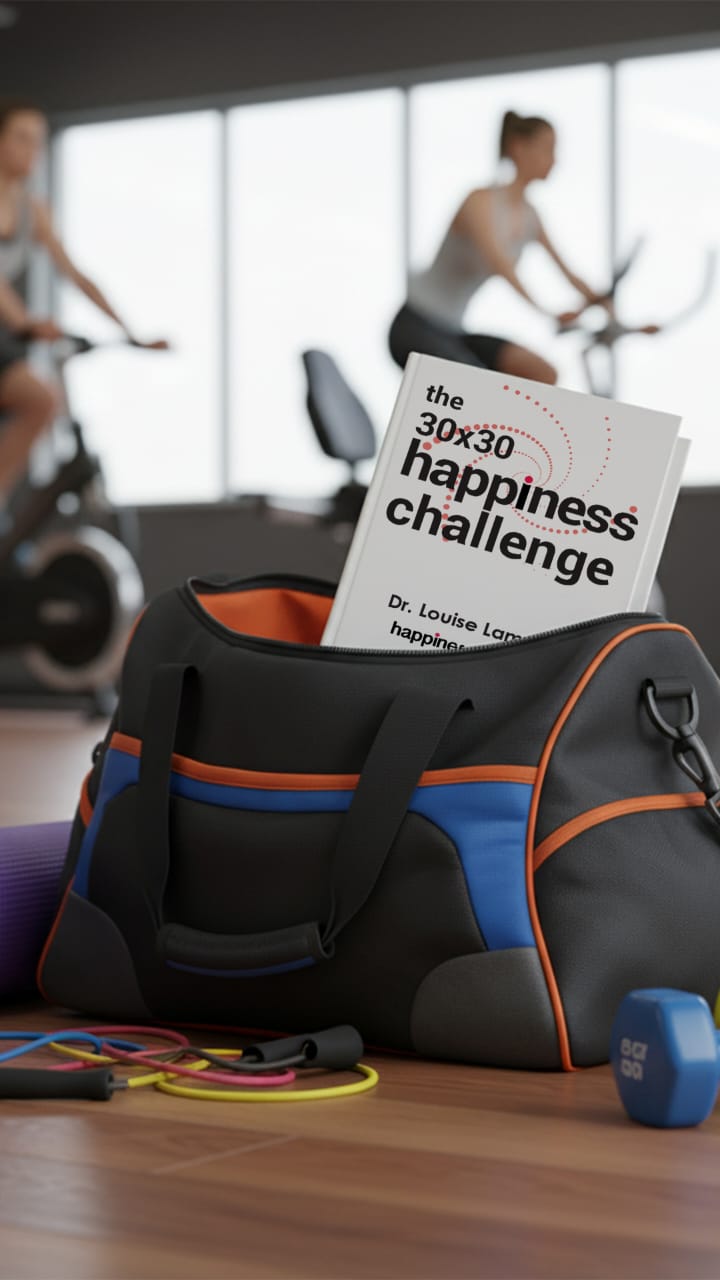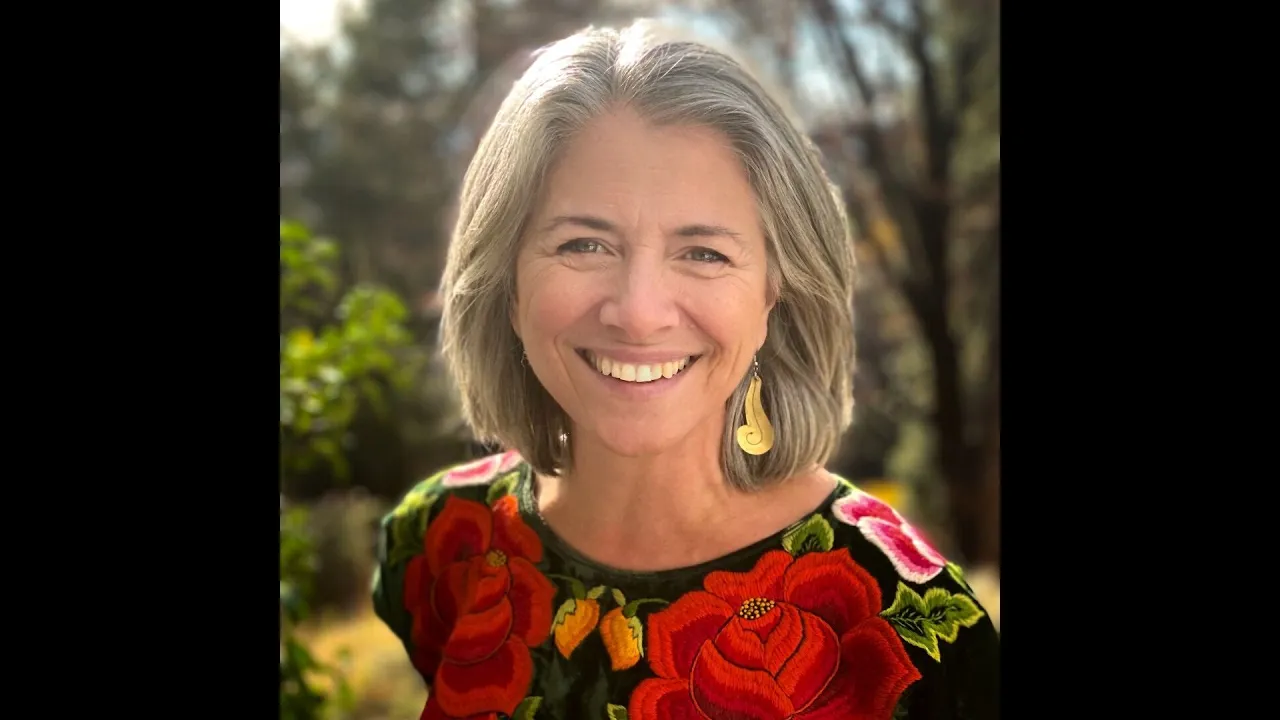Separation and Divorce Ambivalence in Family Mediation
Attachment in adult relationships Couples facing separation must cut their legal and financial ties and grow out of their emotional […]
Read complete blog >>
When I set out to write Fin and Gill, I didn’t plan to create a children’s book. I simply wanted to tell a story that could help children and adults work with something that often feels invisible: the quiet, confusing experience of being different in a world that moves fast and expects us all to think, feel, and act the same way.
As a clinical psychologist, I work with many people who are neurodivergent, especially those on the autism spectrum. Over time, I started noticing a pattern. Many spoke about feeling “misunderstood,” not because they didn’t want to connect, but because the world wasn’t built with their way of processing in mind. These were bright, thoughtful, creative people who were constantly misunderstood. And often, the biggest misunderstanding wasn’t about behavior - it was about how they experience the world on the inside.
That’s where Fin and Gill began.
Fin and Gill is a story about two young fish living in very different parts of the ocean. Fin lives near the surface, where the sun shines and everything is bright and busy. He likes the light and the action. On the other hand, Gill lives deep down in the darker parts of the sea, where the world looks very different, and where things are often missed by the fish that live closer to the surface. She glows from within, literally, just like some of the magical creatures that live in the deep ocean—this is why she can see and experience the world differently.
One day, Fin decides to swim down and see what lies below—and that’s when he meets Gill. Their meeting is a moment of curiosity, confusion, and disconnect. They don’t understand each other at first, but their reactions to not being understood allow for an interesting adventure. Slowly, they begin to realize that even though they see the world differently, they both long for the same thing: a little place where they can be themselves—and where someone else can allow them to be who they are, even if they don’t understand.
The idea behind Fin and Gill is partly based on a concept from neurobiology about how our brains process the world. Some people think in more linear, step-by-step ways (we call this serial processing), while others take in everything at once—sights, sounds, feelings, ideas—all at the same time (this is called parallel processing).
Neither way is “better” or “worse.” They’re just different. But in our world, especially in busy cities like Dubai, it’s often the serial, fast-paced, structured way of thinking that gets rewarded. That leaves a lot of parallel thinkers, especially neurodivergent children, feeling overwhelmed, misunderstood, or even broken. But they’re not broken. They’re just built differently. And different can be beautiful.
Fin and Gill is my way of bringing that message to life.
This book is written for children aged 6-9, but many adults have told me it hits home for them, too. It can be read at bedtime, in classrooms, or in therapy sessions. It opens the door for conversations about how people see the world differently, and why that’s okay.
I wanted the story to feel gentle and safe, not clinical or diagnostic, so that children could connect with the characters first and the message second. This is why I didn’t use any clinical language in the book. The rich and colorful illustrations invite young readers to explore both the bright surface and the mysterious depths. The book is about friendship and courage. Most of all, the book is about not-understanding and how that can be okay.
In the end, Fin and Gill don’t change who they are—and that’s the point. They learn to visit each other’s worlds, appreciate their differences, and stay connected even when things feel unfamiliar. I hope this book does the same for families navigating differences —whether it’s autism, anxiety, sensory sensitivity, or just the ordinary struggles of growing up in a complex world.
Fin and Gill by Nardus Saayman is available on Amazon.com.
Articles on www.hoopfull.com may feature advice and are for informational purposes only. It is not intended to be a substitute for medical advice, diagnosis or treatment from a trained professional. In an emergency, please seek help from your local medical or law enforcement services.
Keep up to date with the Hoopfull community.

Attachment in adult relationships Couples facing separation must cut their legal and financial ties and grow out of their emotional […]
Read complete blog >>
We spend years in school learning math, biology, and history, but very few of us are ever taught the actual […]
Read complete blog >>
Our standard of living has improved physically and materially. Life expectancy has increased. Healthcare, housing, education, infrastructure, and human rights […]
Read complete blog >>